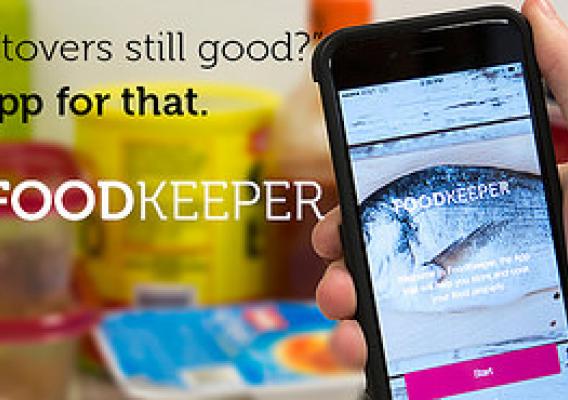The USDA’s People’s Garden team is joining the fun at the White House Easter Egg Roll today to introduce the crowds to some very important garden workers – pollinators. Bees, butterflies, bats, birds, and beetles are all crucial to sustaining plant growth, and in fact nearly two-thirds of the foods we often consume are pollinated by bees alone. Doing your part to keep these creatures healthy in turn ensures a nutritious food supply for you and me.
Honey bees are responsible for pollinating more than 100 crops and one out of every three bites of food Americans eat. These foods give our diet diversity, flavor, and nutrition. Over the past few decades, there has been a significant loss of pollinator habitat and pollinators, including honey bees, native bees, birds, bats, and butterflies, from the environment. Declining pollinator populations across the country pose a threat to our environment, economy and human health, but supporting pollinators is not hard to do.










